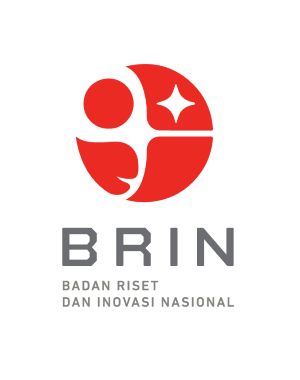PENGARUH PEMBERIAN DOSIS PAKAN YANG BERBEDA TERHADAP PERTUMBUHAN DAN KELANGSUNGAN HIDUP BENIH IKAN KAKAP PUTIH
DOI:
https://doi.org/10.33096/joint-fish.v7i2.215Keywords:
Dosis Pakan, Pertumbuhan, Kelangsungan hidup, Benih Kakap Putih (Lates carcarifer)Abstract
The aim of this study was to determine the effect of different feed doses on the growth and survival of barramundi (Lates calcarifer) pups. To find out the best optimal dose for the growth and survival of juvenile Barramundi (Lates calcarifer). Held for 6 weeks from October to November 2022 at Takalar Brackish Water Aquaculture Fishery Center (BBPBAP), Mappakalompo Village, Galesong District, Takalar Regency. The materials used in the study were barramundi seed size: ±5.74 cm as test animals, 3000 grams of commercial chow as treatment chow, and seawater as rearing medium. The feeding dose is 3% for treatment A, 8% for treatment B and 13%/BB for treatment C, with a frequency of 3 times a day. Spread evenly on the maintenance container. Water quality management is done by measuring water quality, namely dissolved oxygen, temperature and pH. In addition, a suction of uneaten food and fish waste is carried out. This research method used a fully randomized design (CRD) consisting of three treatments and three replicates. Treatment A 3%, Treatment B 5% and Treatment C 13%/BB. Based on absolute weight gain, absolute length gain, daily growth rate and survival rate, treatment B 8% had a significant impact on snapper fry growth. The survival rate is 90.00% to 96.67%, which is relatively high and indicates a high survival rate due to good feed management. The efficiency of feed conversion resulting from feed and different doses of meal showed a significant comparison (<0.05), giving an optimal value of 93.92% compared to treatment A 3% and treatment C 13%/BB













